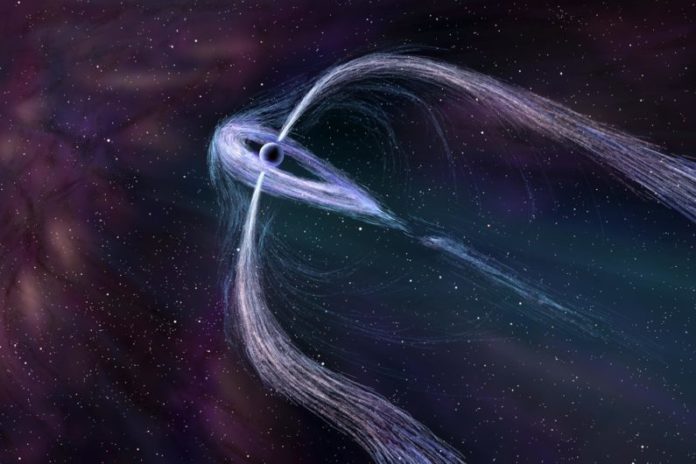A new study gives occasion to feel qualms about one once in the past favored clarification for why a plenitude of positrons- the antimatter counterparts of electrons – has been found near Earth.
The finding has reopened a debate about a possible role for dark matter in creating those anomalous positrons. Stanford scientists simulated complex data from the High Altitude Water Cherenkov Observatory (HAWC) in Mexico.
HAWC appears as an array giant layered steel water tanks, can absolutely recreate the heading and vitality of approaching light – as high-vitality gamma-beams – by recording the molecule shower that the gamma-beam photons produce when they enter the climate over the finder.
To analyze such complex data set, scientists turned out to use a software called the Multi-Mission Maximum Likelihood (3ML) framework. The software combines the data of the Fermi gamma-ray space telescope with the data from other instruments. Moreover, it holds the potential to handle the data in multiple potentials.
In reality, its unprecedented flexibility allowed scientists to question the pulsars’ role in generating the unexpected positrons.
Vianello said, “My collaborators and I spent many hours designing and developing 3ML for our research but also for other people to use. It is very exciting to see that some researchers find it so useful that they decide to use it for high-impact science like what HAWC published.”
The inspiration to create 3ML came from the Fermi gamma-ray space telescope, Fermi. Fermi has two main instruments, the Gamma-Ray Burst Monitor and the Large Area Telescope (LAT). These instruments exist on the same telescope, bringing their data together meant lengthy and cumbersome operations that often sacrificed some of the sensitivity of the LAT.
Michelson said, “It’s like completing a puzzle, where each instrument contributes a piece.However, the different pieces of the puzzle are very difficult and sometimes impossible to put together because they have different formats and require very different analysis methods and software.”
Vianello said, “Other missions and instruments have expressed the desire to join the effort and develop plug-ins for their data, so we’ve started working with them toward that. Some of them are even joining the development team, which is a very good thing because there is still a lot that can be done to improve 3ML.”
“When completed, 3ML will, for the first time, allow for a powerful combination of Fermi, HAWC and other instruments for detailed analysis of extended sources.”
